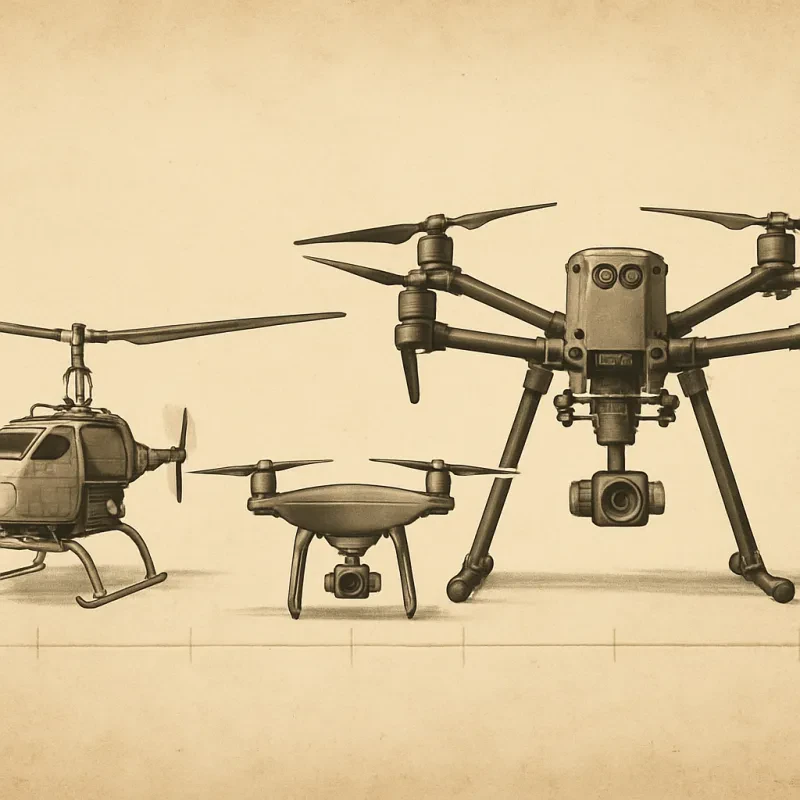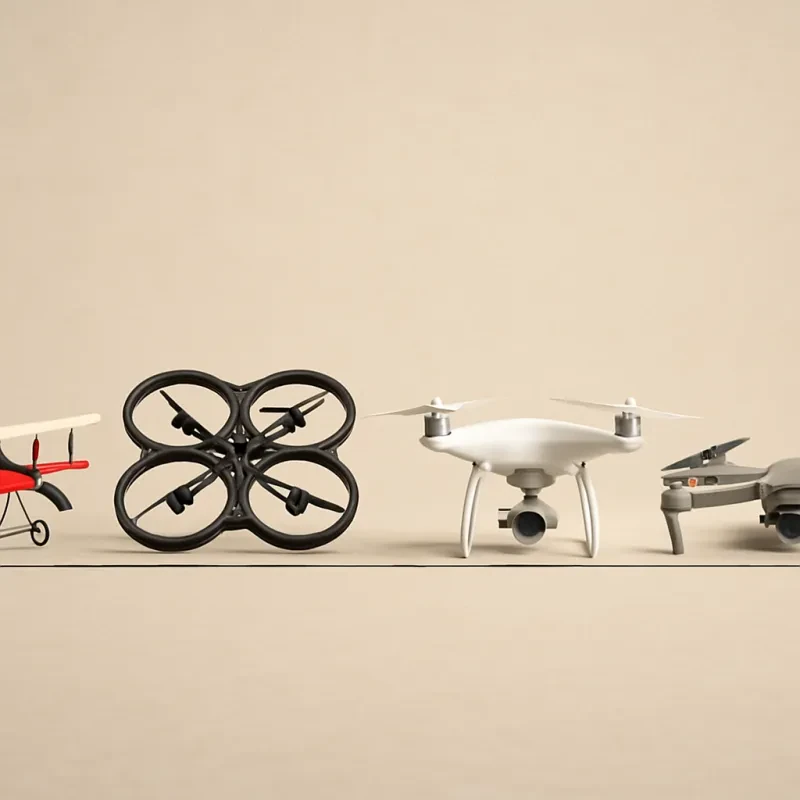Unmanned Aerial Vehicles, or UAVs, are revolutionizing agriculture by transforming crop monitoring practices. These drones equipped with high-tech cameras and sensors provide farmers with valuable data that allows for more efficient and precise crop management.
One of the key benefits of using UAVs for crop monitoring is their ability to cover large areas of farmland quickly and easily. This allows farmers to identify crop health issues such as pests, diseases, or water stress early on, enabling them to take corrective action before significant damage occurs.
Additionally, UAVs can capture detailed and accurate crop imagery that can be used to create precise maps of farmland. By analyzing this data, farmers can make informed decisions about planting, irrigation, and fertilization to optimize crop yields and reduce waste.
Overall, the use of UAV technology in agriculture is paving the way for more sustainable and productive farming practices. By providing farmers with real-time data and insights, UAVs are transforming crop monitoring in ways that were once unimaginable, leading to increased efficiency and profitability in the agriculture industry.
Benefits of Using Drones in Agriculture
Drones have quickly become an indispensable tool for modern agriculture, offering a wide range of benefits for farmers around the world. One of the key advantages of using drones in agriculture is their ability to significantly reduce the time and labor required for various tasks, such as crop monitoring and spraying. With the help of drones, farmers can gather valuable data on their crops quickly and efficiently, allowing them to make informed decisions in real-time.
In addition to saving time and labor, drones also offer a cost-effective solution for farmers looking to increase their crop yields. By using drones to monitor crop health and identify areas in need of attention, farmers can optimize their use of resources such as water, fertilizer, and pesticides. This not only helps to improve crop yields, but also reduces the environmental impact of farming practices.
Furthermore, drones are able to cover large areas of farmland in a short amount of time, providing farmers with a comprehensive overview of their operations. This data can be used to create detailed maps of the farm, allowing farmers to identify areas of improvement and make necessary adjustments to maximize productivity. Overall, the use of drones in agriculture has revolutionized the way farmers approach their work, offering a range of benefits that have the potential to transform the industry for years to come.
Precision Agriculture with Unmanned Aerial Vehicles
Farming has come a long way with the introduction of Unmanned Aerial Vehicles (UAVs) in agriculture. These high-tech drones are revolutionizing the industry by providing farmers with a new tool to monitor and manage their crops with precision and efficiency. With the ability to capture detailed images and data from above, UAVs are transforming the way farmers approach their fields.
One of the key benefits of using UAVs in agriculture is the ability to collect data on crop health and growth. Equipped with advanced sensors and cameras, these drones can fly over fields and capture high-resolution images that reveal valuable information about plant health, nutrient levels, and irrigation needs. This data allows farmers to make informed decisions about when and where to apply fertilizers, pesticides, and water, ultimately leading to higher crop yields and reduced costs.
In addition to data collection, UAVs can also be used for tasks such as crop scouting, mapping, and even spraying. By automating these processes, farmers can save time and labor, while also reducing their environmental impact by using resources more efficiently. As UAV technology continues to advance, we can expect to see even greater benefits for the agriculture industry, with drones playing an increasingly important role in modern farming practices.
UAV Technology: A Game Changer in Farming
With the advancement of technology, farming practices have also evolved significantly. One of the most revolutionary technologies that have made a significant impact on farming is UAVs, or unmanned aerial vehicles. These drones have brought a new level of precision and efficiency to farming practices, allowing farmers to monitor their crops and fields in ways that were previously not possible.
UAV technology allows farmers to gather valuable data about their crops and fields from a bird's eye view. These drones can be equipped with various sensors and cameras that can capture detailed images and data, such as crop health, soil moisture levels, and pest infestation. This information can help farmers make informed decisions about irrigation, fertilization, and pest control, ultimately leading to higher yields and better crop quality.
One of the key advantages of using UAV technology in farming is its ability to cover large areas quickly and effectively. Traditional methods of monitoring crops, such as walking the fields or using manned aircraft, can be time-consuming and costly. With UAVs, farmers can survey their fields in a fraction of the time and at a much lower cost. This efficiency allows farmers to make timely interventions and adjustments to their farming practices, leading to increased productivity and profitability.
Overall, UAV technology has proven to be a game changer in farming, revolutionizing the way farmers manage their crops and fields. By providing detailed and real-time data, these drones enable farmers to make more informed decisions that can optimize their farming practices and improve crop yields. As UAV technology continues to advance, we can expect to see even more innovation in the agricultural industry, further enhancing the efficiency and sustainability of farming practices.


